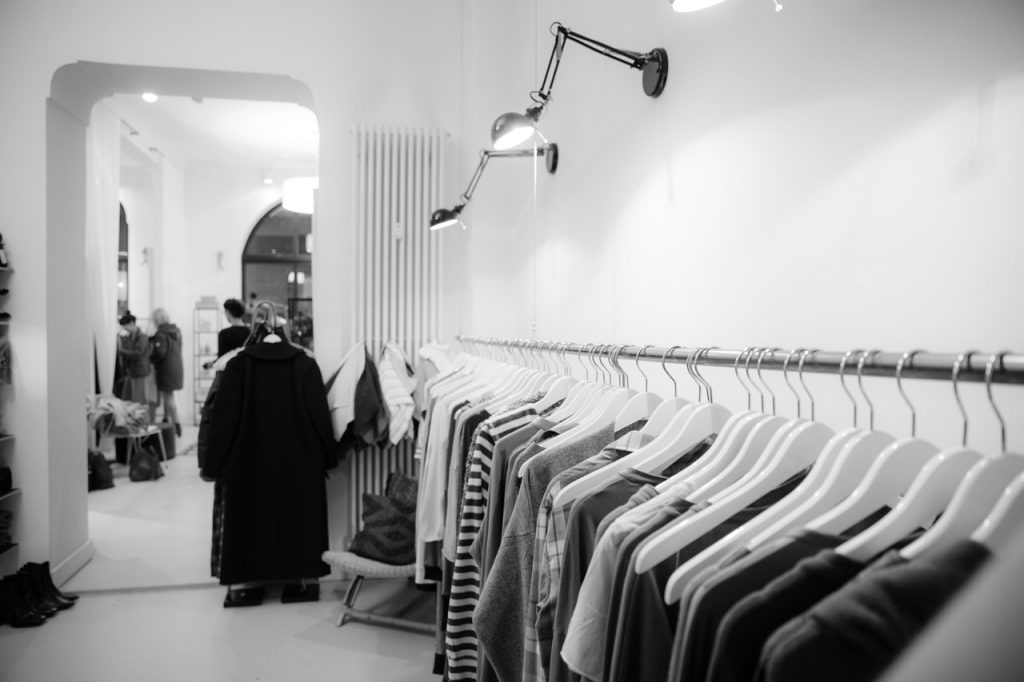Fashion designer Rei Kawakubo insists that she isn’t an artist, although her brand is featured in one of the exhibition installations at the Metropolitan Museum of Art (MET) located in the heart of New York City.
The ideas behind the Comme des Garcons style doesn’t have to do with art or the thinking behind the exhibition at the museum, and regardless of the fact that Comme des Garcons has become one of the most internationally recognizable Japanese fashion brands, Kawakubo said her work was largely rejected for several years. But she said she’s convinced that the installation and displays showcased on the suspended ceiling system at the exhibit which was based on a shared notion of art and fashion “came together nicely” in the show in New York.
The Comme Des Garcons exhibition is the largest series of the year for the MET’s Costume Institute. It’s merely the museum’s second solo show on a living fashion designer, after one in 1983 for Yves Saint Laurent. Kawakubo was born in 1942, and her Comme des Garcons brand first featured in Paris Fashion Week in 1981.
The exhibition is titled “Rei Kawakubo/Comme des Garcons: Art of the In-Between” and the exhibition features approximately 140 garments from the previous four decades, and the purpose of the exhibition was to blur the lines of art and fashion and provoke people to think differently about clothing, shoes and other accessories. Kawakubo herself designed the show’s maze-like setup, including the tiny pockets and layered space dividers; each section comprises nine sets of opposing concepts, such as “Self/Other” and “Clothes/Not Clothes.” The clothes and women’s shoe displayed signify the “in-betweenness” of these ideas.
Kawakubo said she was also adamant it’s not a “retrospective” series, and she explained why she made the setup herself. “I agreed to do this show on the conditions that it would not be treated as a retrospective and that I would be allowed to show my garments in a way that was different from ordinary fashion designer exhibitions”.
Kawakubo wished to make a setting that permits audiences to have a conversation with the clothes and although the concept of “in-betweenness” was not present in her clothing line, she explain that “[she is] only trying to create something that has never existed. The boundaries between men and women, or east and west, have nothing to do with me…but, as the result of simultaneously building up curation and installation ideas based on a shared theme, I think the exhibition came together well.”
When asked what the exhibition means to her, the Comme des Garcons founder said she expected it would be a model example for the holding of prospective overview exhibitions. She said those who assert long-established notions likely rejected plans for the series, and that the curator told her he had difficulty winning over traditionalists on the idea for the display. “I feel I was never highly praised by the majority of people in my 40-year career,” Kawakubo said.
She continued: “I was always unwelcome by half of the people. At Japanese department stores, it is still rare to see a store of a (globally acclaimed) Japanese designer brand in the same floor space as high-end foreign brands. In this sense, too, I think what I have been doing has started to gain some understanding.”
She said the values of individuals who protect historical traditions and authority are in complete contrast to Comme des Garcons’ values, which reject the concept of being the same as others. However, she said that the apparent spread of xenophobic attitudes in the U.S. could unravel such advancement. “Recently, the trend seems increasingly to be going the other way. This exhibition may have not been realized in the United States had it been scheduled a year later,” Kawakubo said. “It is no good if such thinking spreads in the world of fashion.”
Some say that Kawakubo might now be known as an artist for having an exhibition shown at the MET. She rejected this idea. “A fashion designer is not an artist,” she said. “Fashion is creation, but it always relates to business. To keep it simple, for me, fashion is a business. Kawakubo believes that her role is to sell fashion in the form of women’s shoes or clothing to create a viable business for herself, it’s not about the art, and it’s a business.

